Flu is (still) taking off, egg prices, new diet standards, Super Bowl, and more
The Dose (February 10)
It’s Monday. A lot happened over the weekend regarding federal changes, and we will get to that. But first, here’s some public health news you can use (i.e., sanity) to start your week.
(Note: We are working quickly to get state-level YLEs up and running. But those of you in New York are in luck: follow Marisa—the YLE New York epidemiologist—here.)
Your National Disease Health Report
There are a lot of sick people out there. As Caitlin Rivers, a fellow epidemiologist, pointed out, we’re seeing the highest number of sick people from “influenza-like illnesses” (defined as a fever, cough, or runny nose) since 2002.
The main culprit is the flu, which has no signs of slowing down.
A nasty flu season may be due to a few factors:
It’s just a bad flu year, which happens every couple of years.
Fewer kids are getting vaccinated against the flu than in pre-pandemic times (44% this year compared to 58% in 2019).
The match between the flu and vaccine is just “okay.” One of the flu strains that is circulating is H3N2 (accounts for about 50% of cases). If we can’t match the target we want well enough, more people get sick.
Although this year’s flu vaccine isn’t the best match, it is still a defense we have against this virus. It’s not too late to get vaccinated, as the flu curve tail is usually very long. Also, February is the best time to get your Covid-19 shot if you were infected during the August wave (according to a recent study). Wear a well-fitted mask and stay home when you’re sick.
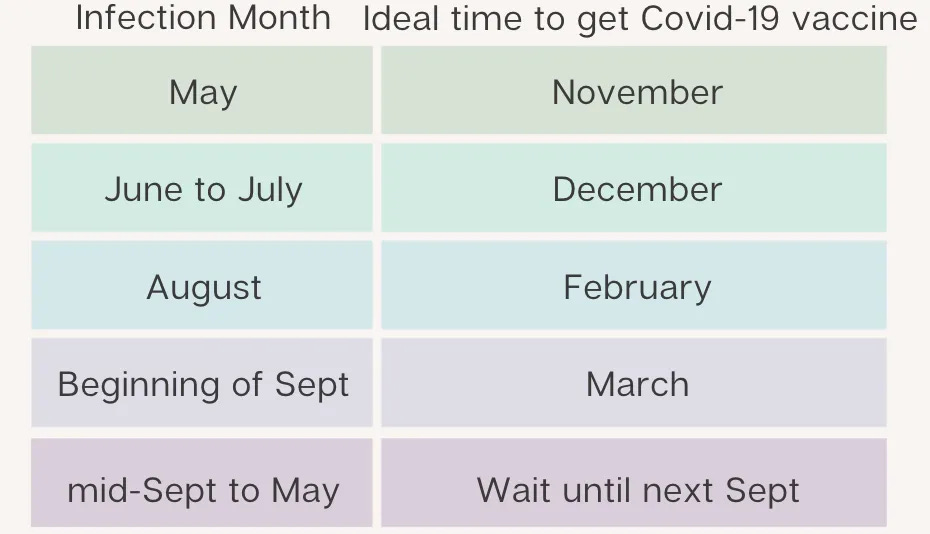
Data and communications at Health and Human Services are slowly returning after a 3-week pause. In the past week, measles outbreaks, more TB cases, and lots of H5N1 (bird flu) in backyard flocks were reported.
For example, a measles outbreak (20 cases) has hit Gaines County, Texas. All cases are unvaccinated, and 7 have been hospitalized so far. This West Texas county has a very low vaccination rate—1 in 5 kindergartners in the 2023-24 school year did not get the vaccine.
Measles is highly contagious. If it’s in your community, you should get alerts if exposed. Contact your state or local health department for more information, like this one in Texas.
TB (tuberculosis) is a nasty bacterial infection but not as contagious as measles. A productive cough is a common symptom of TB, and phlegm may be bloody. It is airborne and transmission generally requires prolonged exposure in a poorly ventilated area, so a high-quality mask is the best way to protect yourself.
H5N1 (bird flu) in backyard poultry: If you have backyard poultry, there’s a lot you can (should) be doing with the H5N1 outbreak.
Good news: Ebola vaccine deployed fast
There is an outbreak (7 cases) of Ebola in Uganda. With the support of WHO, they launched a trial to test an Ebola vaccine—within just four days of the outbreak! Scientists are testing what’s known as the ring vaccine strategy—enrolling contacts of sick people and their contacts to provide a “sphere of protection” to stop transmission. This is the same strategy we used to eradicate smallpox.
The U.S.’s lack of involvement in the WHO might be felt—both here (if Ebola lands in the U.S.) and abroad (as WHO’s formerly biggest donor). Argentina just pulled out of the WHO, following the U.S. Getting critical studies like this off the ground will be more and more challenging.

H5N1 update: Bird flu abounds
H5N1 (also known as bird flu) is still spreading. What you can do hasn’t changed: Avoid unpasteurized milk, don’t touch wild birds, and protect yourself from sick animals.
Here’s the latest tea:
No new human cases have been detected for a few weeks. But we know the virus is still around because new herds are getting infected.
Because we’ve failed to contain this, farmers have to kill their poultry, and thus, egg prices are increasing. Eggs in grocery stores are still safe to eat.
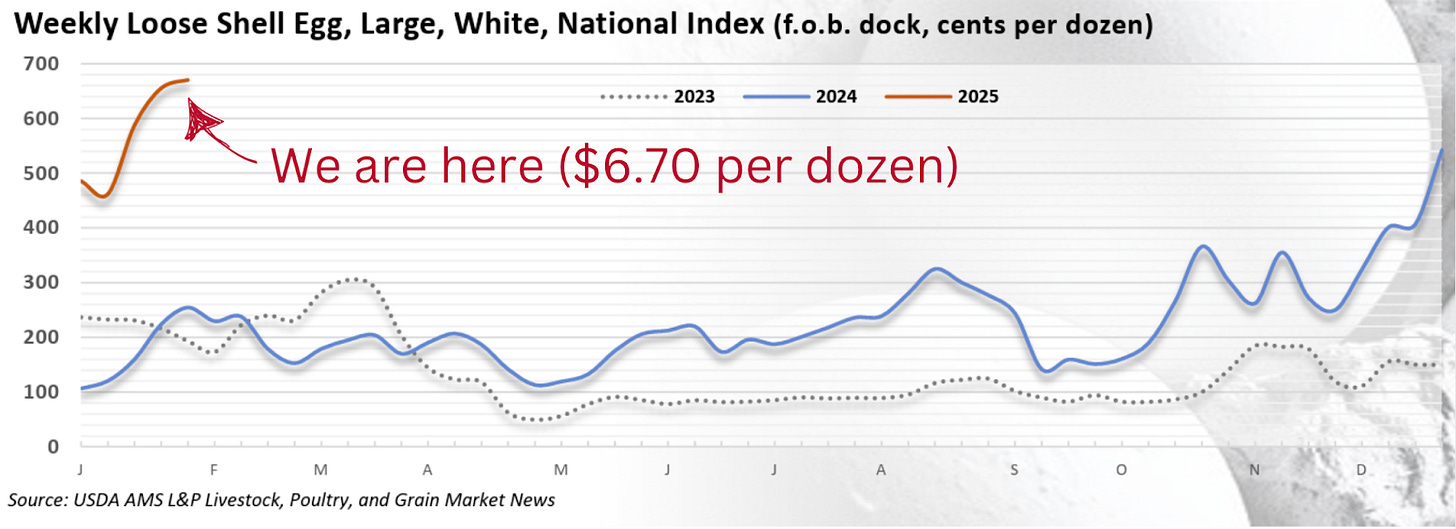
The virus is changing, as epidemiologists discovered a new H5N9 strain in ducks in California. This isn’t surprising, as flu mutates and changes all the time, but this is the first time we’ve seen H5N9—a reassorted strain from H5N1, H7N9, and H9N2 subtypes—in the U.S. (It has previously been found in China.) This reminds us that the U.S. can’t afford to relax monitoring efforts.
New data from 4 dairy herds in Nevada suggest that birds infect cows more than we thought. This raises the question of how realistic it is to eradicate this virus from dairy herds (probably unlikely).
We know H5N1 (bird flu) is not contributing to the massive seasonal flu uptick for a few reasons—lab tests and H5N1 wastewater across the country are not lighting up.
Heads up: new nutrition standards for kids
As a parent, the number of drink choices available is overwhelming. But last week, a group of experts from leading health organizations released recommendations that can help make healthy beverage choices a bit simpler:
Kids aged 5 to 18 should mostly drink plain water and plain, pasteurized milk.
Other beverages like 100% juice, flavored milk, and plant-based milk alternatives (except fortified soy milk for allergies or specific dietary patterns) should be limited.
Sugar-sweetened beverages, beverages with non-sugar sweeteners, and drinks with caffeine or other stimulants should be avoided.
In the U.S., about 1 in 2 children consume sweetened beverages, and approximately 70% consume caffeine. What kids drink can have a big impact on their health, including weight gain, dental caries, blood pressure, cholesterol, as well as anxiety and sleep quality.
New study quells concerns of increased near-term risk of thyroid cancer from GLP-1s
For the 6% of Americans who take glucagon-like peptide 1 receptor agonists (GLP-1s) like Ozempic, and those considering taking them, we got some welcome news: A new study showed they did not increase short-term thyroid cancer risk. The study is notable for its size: it is the largest of its kind involving a diabetic population, which can take GLP-1s to treat Type 2 diabetes and obesity.
Findings of no risk from this relatively large sample size—six population-based databases—countered other reports from randomized control trial (RCT) analyses and preclinical studies. Across all six sites, the authors found no significant differences in the short-term risk of thyroid cancer among those using GLP-1s. A population-based prospective cohort study can better reflect “real world” conditions than RCTs, so this is promising data for the short-term safety of these drugs.
“Short-term” here meant anywhere from 1.8 to 3.0 years. Cancer generally takes a long time to develop, so this study cannot say anything about overall or long-term thyroid cancer risk.
Poll: Super Bowl
Did you know that Super Bowl Sunday is one of the more dangerous days for women, as domestic violence increases by about 10%? Check on your friends every day, but also today. Also, the National Domestic Violence Hotline is 1-800-799-SAFE, or text “Start” to 88788.
Bottom line
You’re caught up on public health to head into this week. Stay healthy (and sane) out there!
Love, the YLE team
Your Local Epidemiologist (YLE) is a public health newsletter with one goal: to “translate” the ever-evolving public health science so that people feel well-equipped to make evidence-based decisions. This newsletter is free to everyone, thanks to the generous support of fellow YLE community members. To support the effort, subscribe or upgrade below:





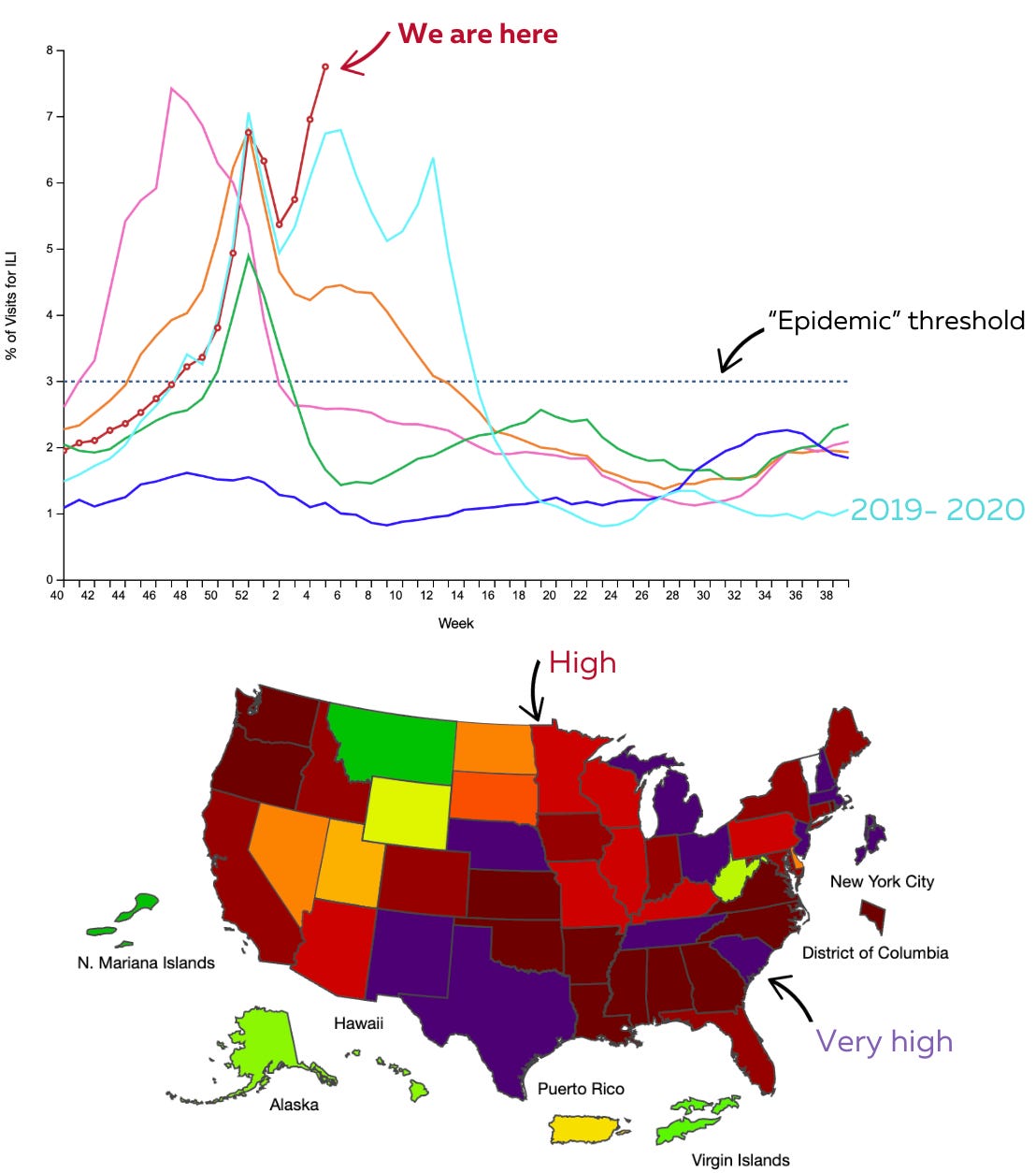
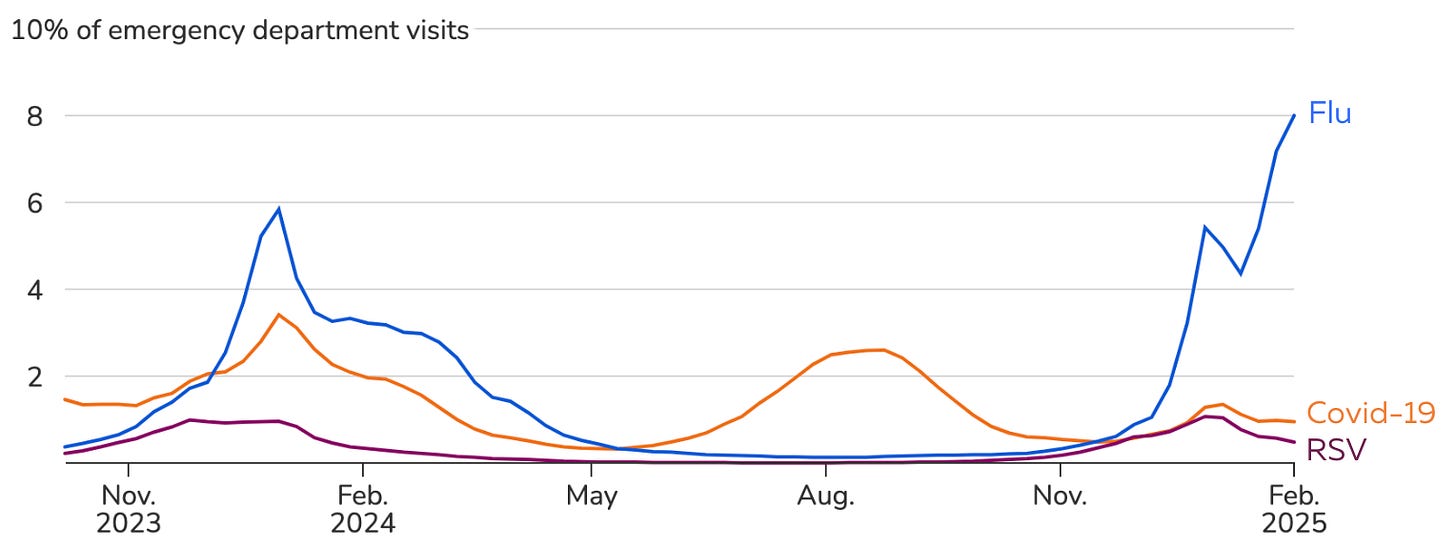
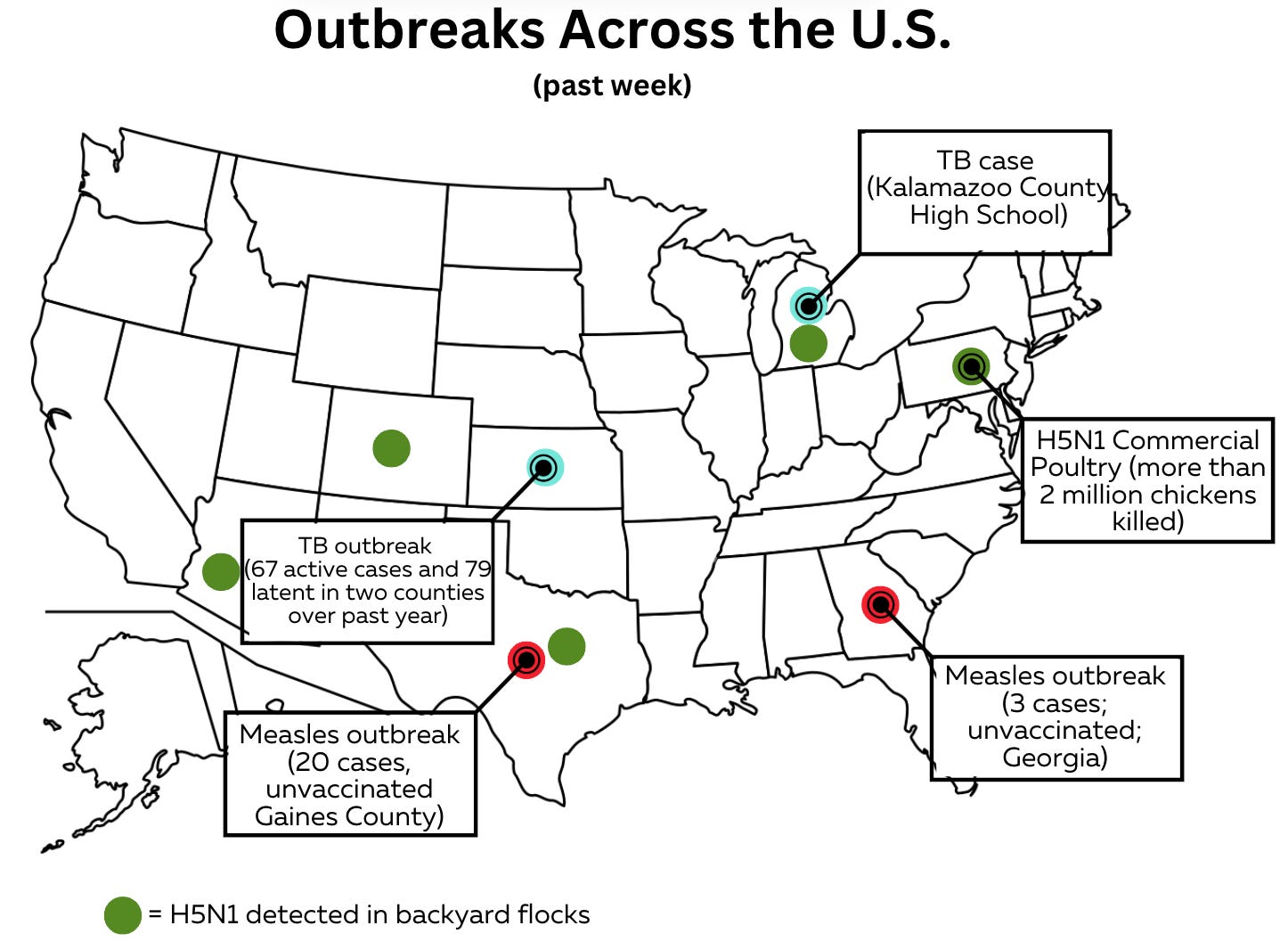
Your green dot for TB jumped Lake Michigan to Wisconsin. Kalamazoo is in Michigan :-)
Katelyn, your communication skills are as impressive as your epidemiology skills. I love your clear, factual and hopeful writing - the perfect way to start our week. Thank you! 🙏